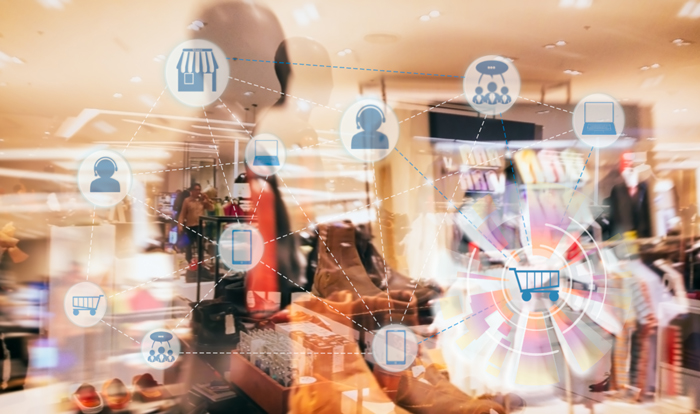Let’s face it, lots of loyalty programs feel the same. In exchange for handing over an email address, your customers can make purchases to rack up points that eventually lead to a cool reward. Rinse. Repeat.
But true loyalty is more than just an incentive.
After all, a great price or a large assortment of products can easily be copied by competitors at a moment’s notice, even in very niche markets. While these used to be classic differentiators, they just don’t cut it anymore. Instead, true loyalty is an emotional connection between your brand and your customers. When you look at it that way, emotion has become the biggest differentiator for your loyalty program. Sure, you need creative campaigns and cool rewards, but what you really need to do is make your customers feel something. Otherwise, they’re just sitting around waiting for the next discount to pop up.
According to a recent study by Zendesk, 75% of customers base their purchasing decisions on the experience, and half of them say that the customer experience is more important now than it was a year ago. Even before COVID came along and forever changed customer expectations, Harvard Business Review found that loyalty marketing grew the average brand’s revenue 2.5 times faster than their industry peers.
That’s why your goal should be to humanize the customer experience.
Personalization is usually the first thing people think of when they think of humanizing their marketing efforts. However, personalization goes far beyond inserting a first name token in your email or text message. To do it correctly, you need to combine the right data, technology, processes for analysis and optimization, and overall marketing governance. Do it and you’ll end up going beyond the physical attributes of your product and creating a brand narrative that customers can connect with. One that empowers you to treat your customers as friends, listen to their feedback, and respond appropriately.
While trust and consistency go a long way towards a successful brand narrative, so does giving your customers a feeling that aligns with their overall personality. For example, Tesla’s brand narrative is future-forward, sophisticated, exciting, full of big ideas, and changing the status quo. If your personality aligns with these adjectives, you’re not only one of Tesla’s target customers, you’re also someone who’s likely to stick with the brand for the long haul.
You don’t have to sell expensive products to create a humanized brand, though. Chipotle has built a brand that’s fun, a zeitgeist of pop culture, and never takes itself too seriously. That’s why so many people — especially Gen Z — respond to and remember campaigns like #GuacDance, the Cuffing Season Menu, and #ChipotleRoyalty.
What kinds of feelings should your loyalty program generate? And how exactly do you stir up all of these emotions?
Reimagine your offers, rewards, and points as an opportunity to treat each customer like an asset rather than a purchase:
- Create a sense of belonging between your customers and a larger group by offering sports fans a special reward when their team wins a championship or scores a certain number of points.
- Get customers’ competitive juices flowing by making them really earn their reward, like only offering a freebie to the first 500 respondents.
- Generate a feeling of exclusivity by giving your loyal customers first access to brand new products or reserving specific products just for them.
- Delight your customers by offering pleasant surprises. For example, an offer coupled with a simple message like “We’re thinking about you” or “Just want to show you some love” can make someone’s day.
- Provide some stress relief with offer campaigns that make it easy to take a timeout from work, navigate the ever-busy first day of school, or do a little self-care.
Then, let the data tell the story. See how your customer retention rate and customer lifetime value evolve over time. See if your loyalty program is experiencing more growth. See how many of your campaigns generate a strong ROI. See which of your offers are the most popular. Combine all of these metrics to refine your loyalty program’s offerings and make them resonate even more with customers.
Through it all, you’ll create a win-win-win for customer experience, value alignment, and quality. That’s what today’s customers are really looking for, and that’s what makes the difference between coming back and trying out another brand.

